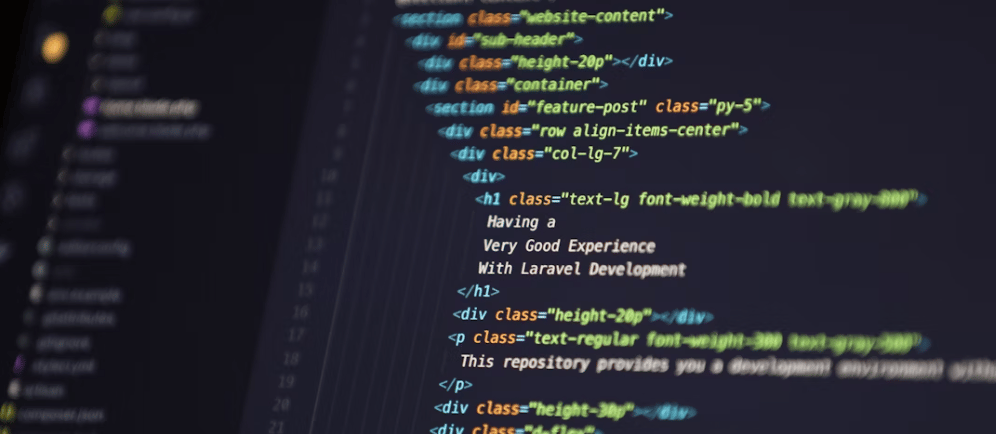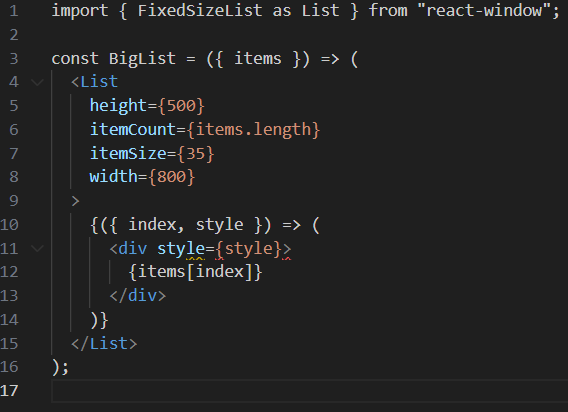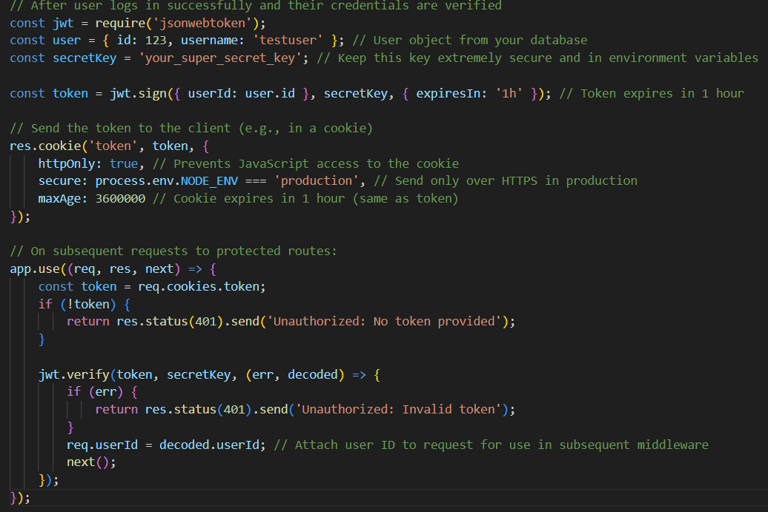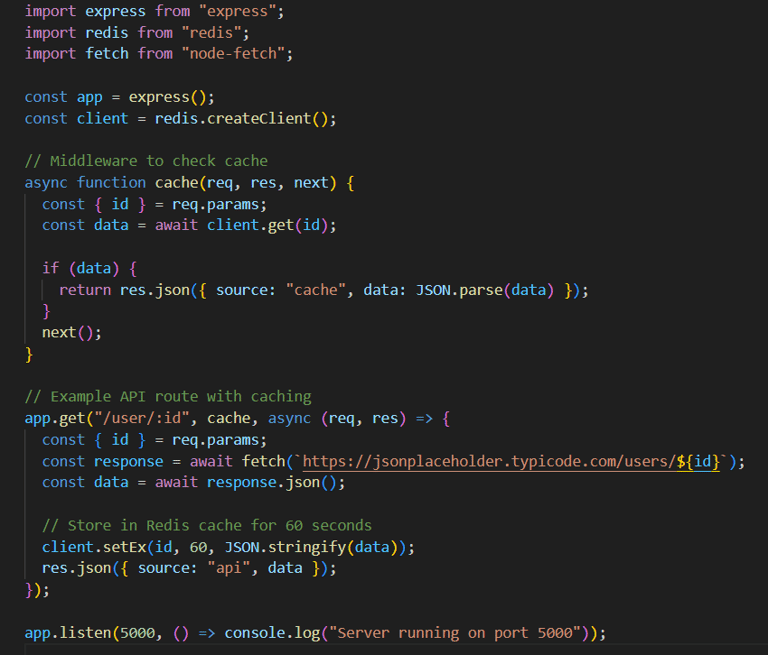Coding Interview Success: How I Turned Developer Interview Failure into Real-World Algorithm Mastery."
Learn to Ace Developer Interviews with hands-on, real-world coding solutions. Stop memorizing theory—start solving Data Structures and Algorithms problems that hiring managers actually ask."
FULL STACK WEB DEVELOPMENT
Benjamin Etanuvwoma
10/2/20253 min read


I thought I was 100% ready for my first developer interview. I had studied hooks, state management, APIs, STAR answers, and even practiced scenario-based questions. In my head, I felt unstoppable. But instead of textbook questions, the interviewer hit me with real-world engineering challenges I hadn’t paid enough attention to:
How would you render 100,000+ rows efficiently?
How do you handle authentication securely?
How would you prevent memory leaks in a large application?
How would you manage global state in a large-scale app?
How do you handle app crashes or unexpected errors gracefully?
How would you optimize performance for mobile users on slow networks?
I tried to answer. But my responses were shaky, my examples weren’t solid, and I knew I wasn’t convincing.
The more I spoke, the more I realized my answers weren’t hitting the mark. I walked out knowing I hadn’t done well. For days, I was downcast — replaying every question in my head.
What Changed
Instead of giving up, I reminded myself that I had already been practicing real-world problems — not just theory.
The difference was, I needed to go even deeper: tackling bigger datasets, stronger security, scalability, and production-level challenges developers face every day.
So I shifted focus:
Scaling apps to handle millions of rows of data
Implementing secure JWT authentication with refresh tokens
Preventing XSS attacks & memory leaks
Handling large file uploads with resume/retry support
Optimizing APIs for thousands of concurrent requests
Improving performance for mobile users on poor networks
The Redemption:
Months later, I got another interview invite. The questions were just as tough — but this time I was prepared.
I didn’t just answer; I explained my thinking clearly, backed with real examples and code snippets.
And this time, I aced it ✅
Key Takeaways
Interviews don’t just test your syntax knowledge.
They test whether you can solve real-world engineering problems.
Preparation isn’t just about practicing coding challenges — it’s about thinking like a problem solver.
If you’re preparing for your next interview, expect deep, practical questions like these:
How would you display 1M rows without crashing the browser?
How do you secure a login system without forcing users to re-login every hour?
How would you scale an API that works for 100 users but fails at 100,000?
Let’s break these down
💡 Real-World Engineering Questions and Solutions
1. Displaying 1M Rows Without Crashing the Browser
The key is never load everything at once. Use backend + frontend strategies.
Backend strategies:
Pagination (50–100 rows per request)
Lazy loading / infinite scroll
Server-side filtering & sorting
Aggregation (summaries instead of raw rows)
Frontend strategies:
Virtual scrolling (windowing)
Efficient libraries (react-window, data grids)
Lightweight data formats
Code Example (React Virtualized List):
⚡ This only renders what’s visible in the viewport, keeping performance smooth even with millions of rows.
2. Securing a Login System Without Forcing Users to Re-Login
Balance security with user experience by using access + refresh tokens, secure cookies, and server-side session invalidation.
Best Practices:
Securely Store Tokens: Use HttpOnly & Secure cookies.
Session Invalidation: Invalidate tokens on logout/password change.
Access & Refresh Tokens: Short-lived access tokens + long-lived refresh tokens.
Regular Updates: Rotate keys, patch vulnerabilities, apply rate-limiting.
⚡ This ensures users stay logged in seamlessly without compromising security.
3. Scaling an API for 100K+ Users
Strategies:
1. Database Optimization
Use indexes on frequently queried columns.
Optimize or rewrite slow queries.
Add read replicas to split read/write workloads.
Shard or partition large datasets for distribution.
Use separate databases per service (SQL, NoSQL, in-memory).
Archive cold data into warehouses so the main DB stays lean.
2. Architectural Strategies
Caching with Redis or CDNs to reduce DB load.
Load balancing across multiple servers.
Asynchronous processing for heavy tasks via queues/workers.
Horizontal scaling: add more app/DB servers instead of one giant server.
Move toward microservices for independent scaling.
3. Resource Management
Optimize connection pooling for DB access.
Apply resource limits to prevent exhaustion.
Enable monitoring & alerts to catch issues early.
Run load tests to simulate traffic and prepare for spikes.
👉 The key idea: don’t just scale one component. Real scalability comes from combining efficient databases, distributed architecture, and proactive resource management.
⚡ With caching, API performance becomes stable and scalable under heavy load.
My Final Thoughts
That first failed interview was painful.
But looking back, it was the best thing that could have happened — it forced me to grow from a beginner into a real-world problem solver.
If you’ve ever walked out of an interview feeling defeated, remember:
It doesn’t mean you’re not good enough.
It means you’ve been shown the path to level up.
Failure is only final if you stop.
I didn’t stop me — and neither should you.






